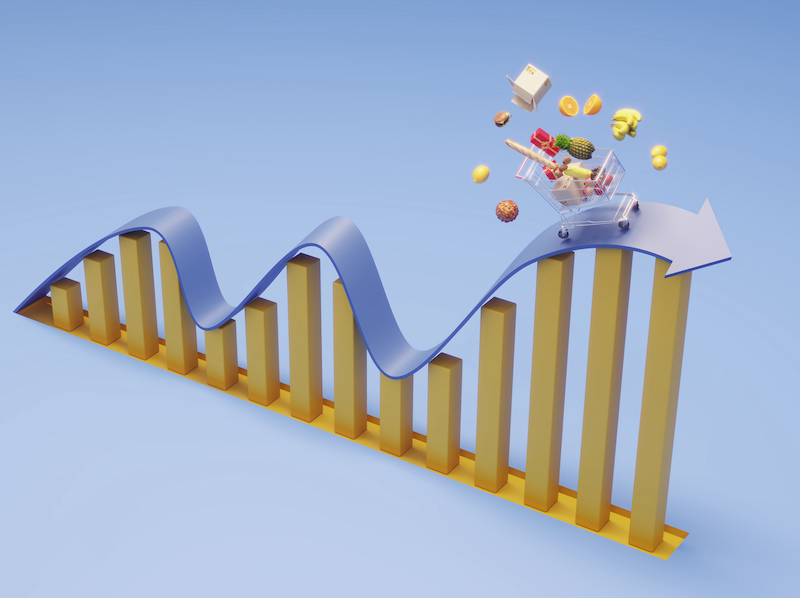
Canada’s inflation rate ticked up in February to 2.6% year over year, after staying at or under 2% for several months. At the same time, U.S. President Donald Trump’s trade war is slowing economic growth.
It’s a recipe for stagflation, and with more of Trump’s tariffs set to come next week, experts say monetary policy alone would not be able to fix a simultaneous economic downturn paired with rising inflation.
Vivek Dehejia, an economics professor at Carleton University, said if the Bank of Canada (BoC) increases interest rates to control inflation, it will further slow the economy. But if it maintains or lowers rates to boost the economy, it will worsen inflation.
“I don’t envy Governor Macklem’s situation. He’s really between a rock and a hard place right now,” Dehejia said in an interview.
If the trade war starts to weigh on the Canadian economy and unemployment increases, the BoC could be comfortable with lowering rates, said Pedro Antunes, chief economist at the Conference Board of Canada.
While the BoC has room to adjust rates to the lower end of its neutral rate, it will probably happen later in the year, said Angelo Kourkafas, senior global investment strategist at Edward Jones.
“Two rate cuts for the remainder of the year are realistic, but likely not at the next meeting,” Kourkafas said. “They don’t really need to move much more aggressively ahead of what’s going to be some major announcements and developments in the weeks and months ahead.”
However, the Bank of Canada only has one tool: adjusting the overnight interest rate.
“We should be looking at the fiscal side more for what’s next rather than relying on BoC rate cuts,” Kourkafas said.
If household consumption shrinks from a trade war-triggered recession, the government could step in with fiscal spending commensurate with the decline in demand. Government stimulus in the wake of the COVID-19 pandemic in 2021 and 2022, during a time of strong demand contributed to high inflation, Kourkafas said. “It’s a delicate balance.”
Unfortunately, Canada doesn’t have a lot of fiscal space as it already has high debt, Dehejia said. Since the Canadian dollar isn’t the global reserve currency, we don’t have the luxury of spending like the U.S. government without seeing a sharp increase in sovereign borrowing costs.
“We are in wait-and-see mode,” Kourkafas said. “Once we get some clarity on the framework for the tariffs, that’s when businesses, consumers and the central bank can start to formulate an approach.”